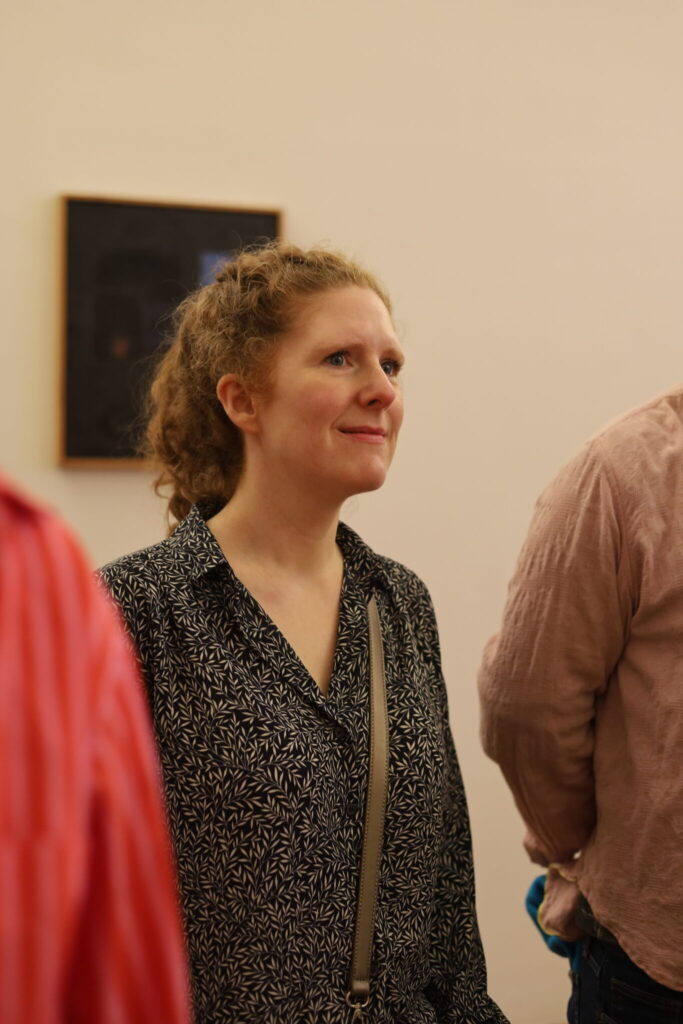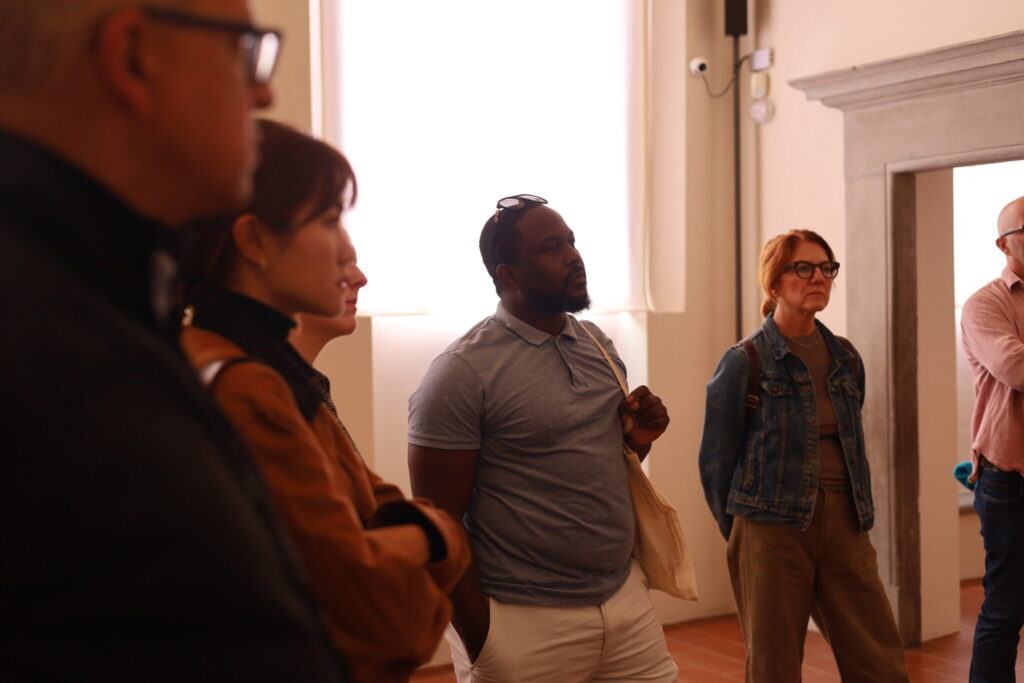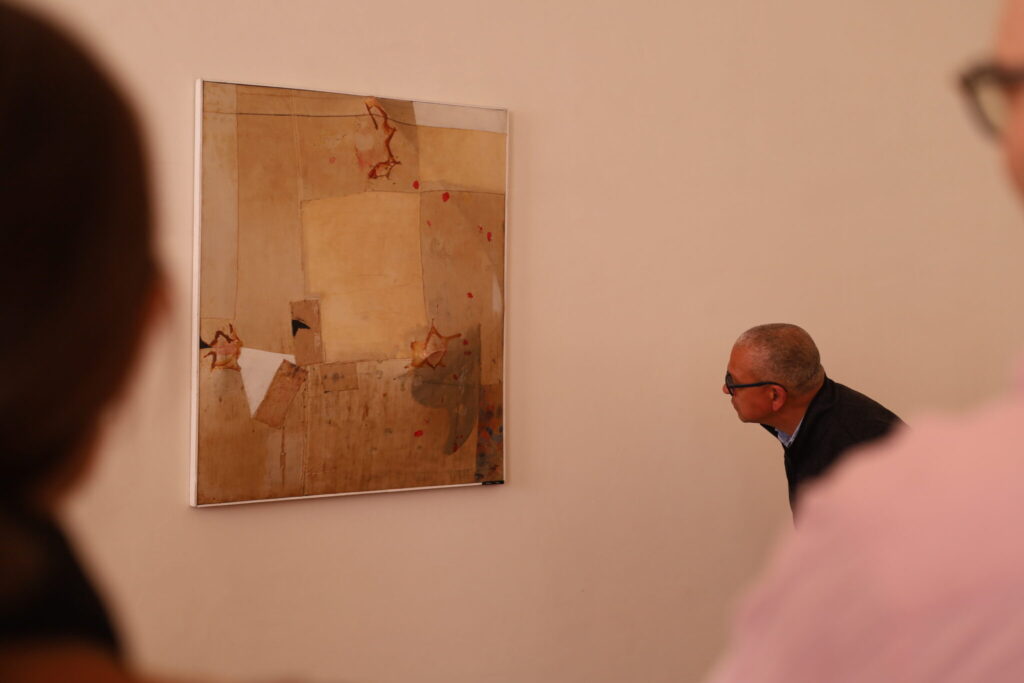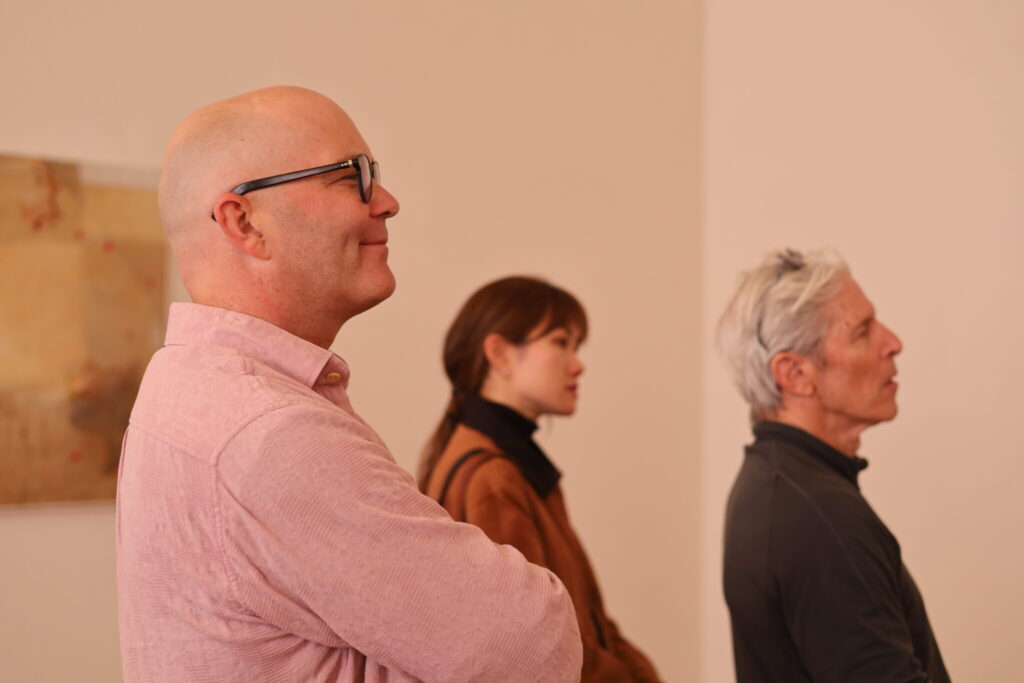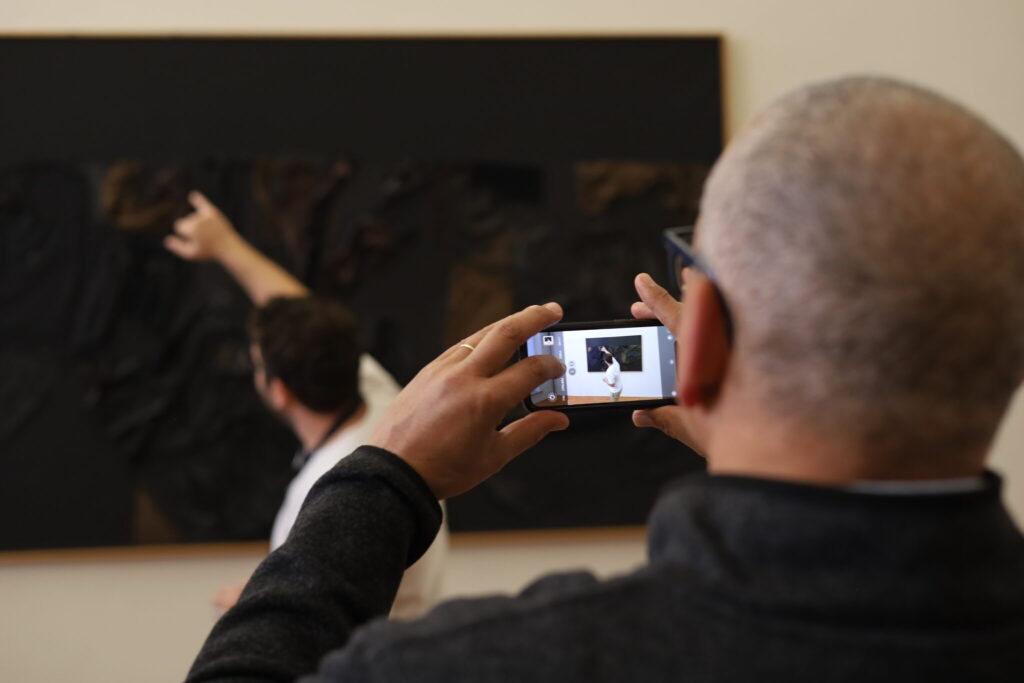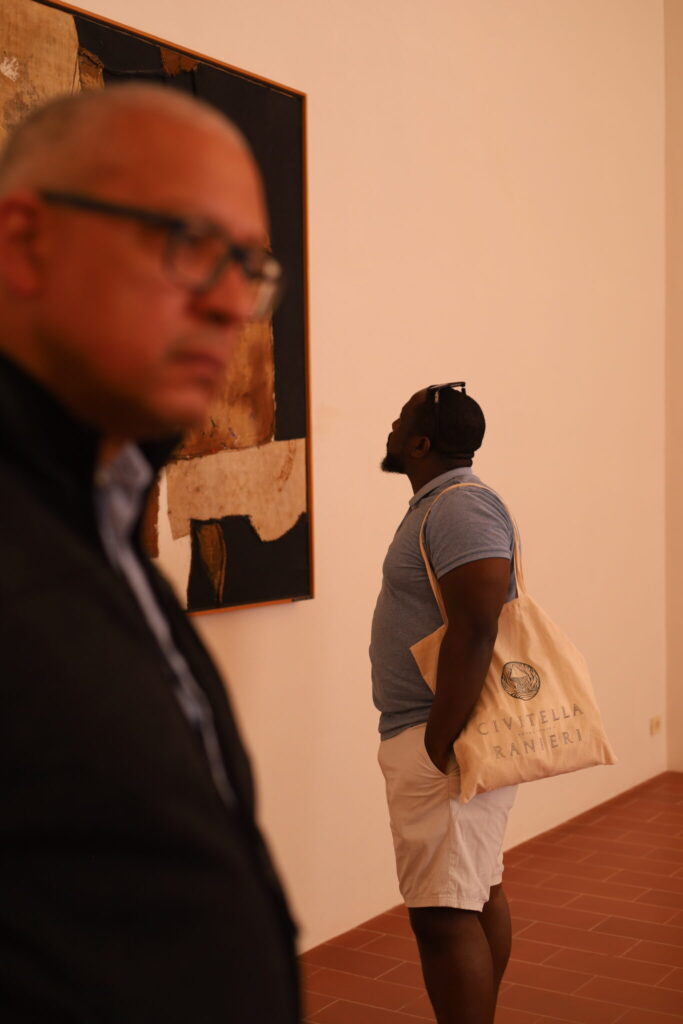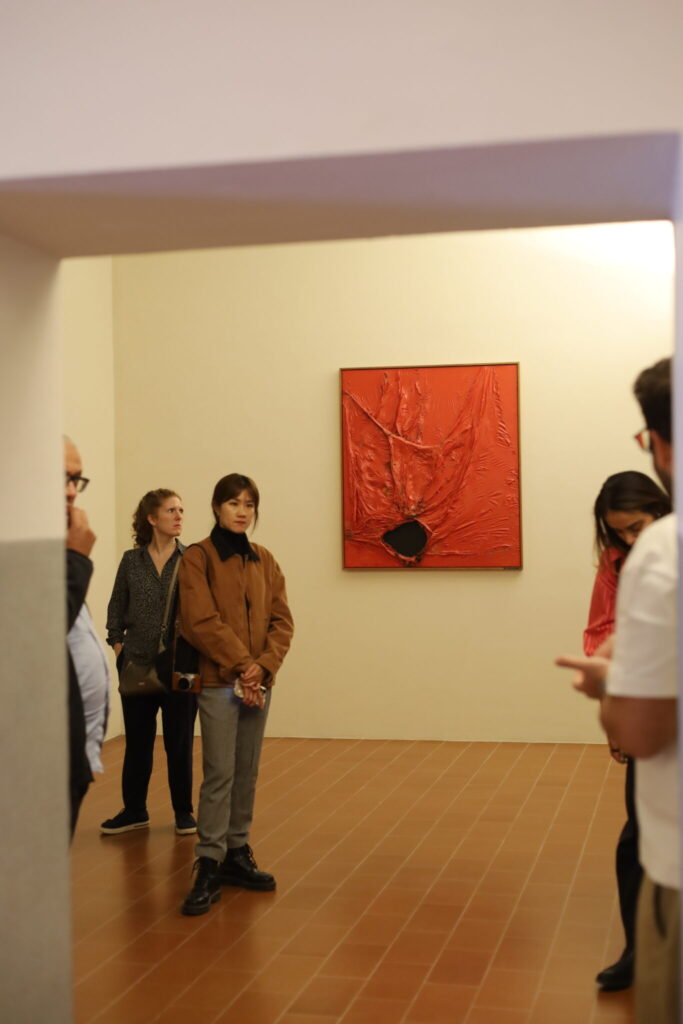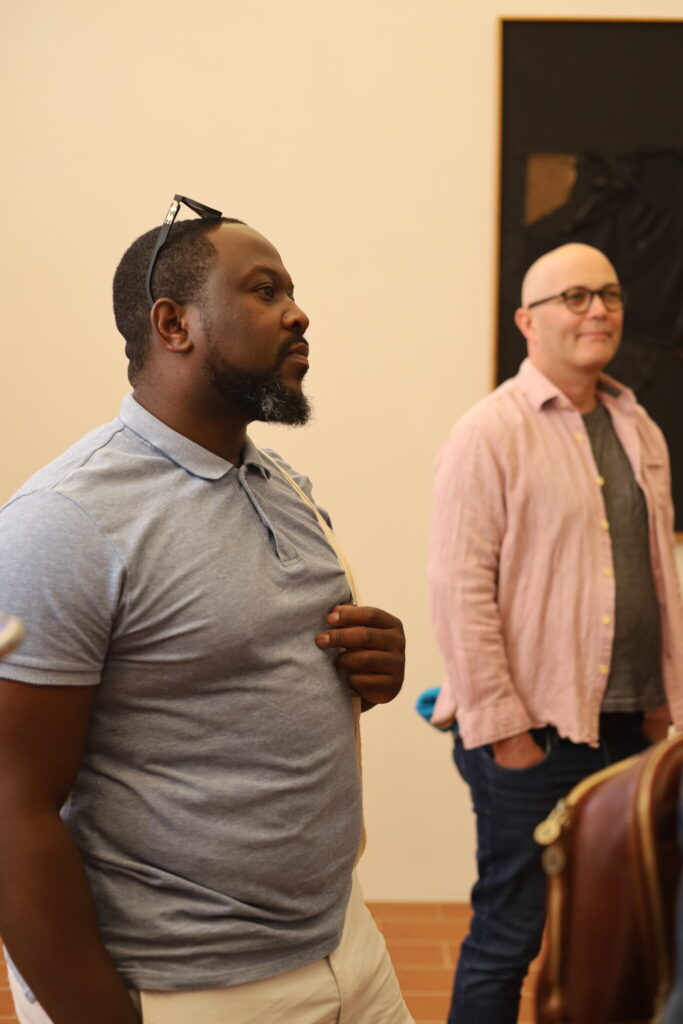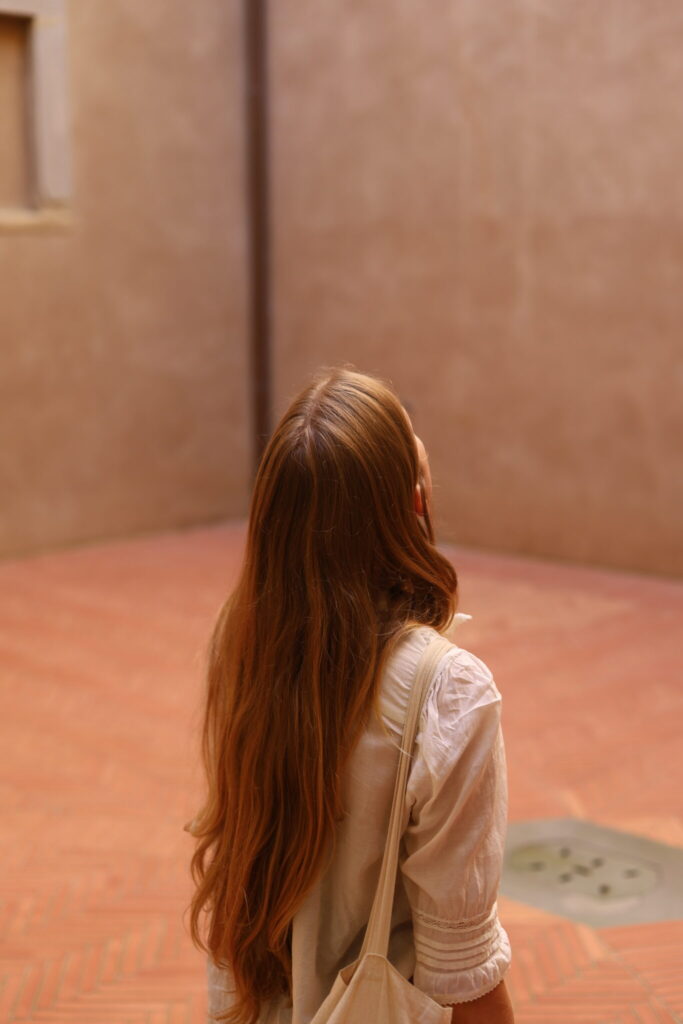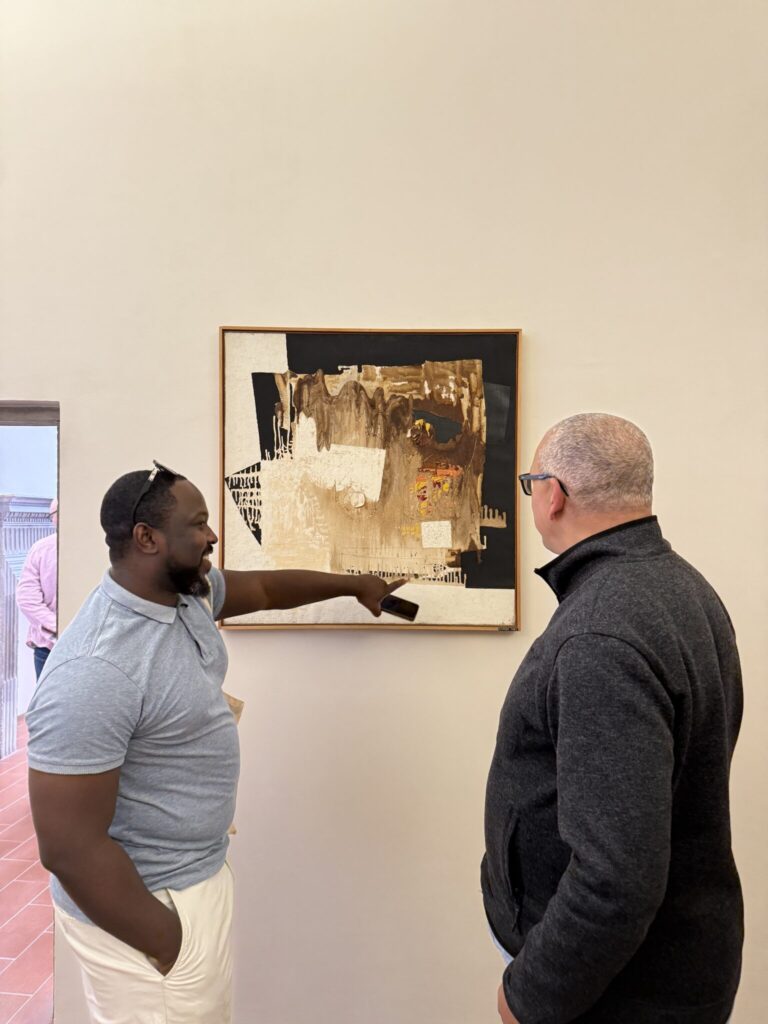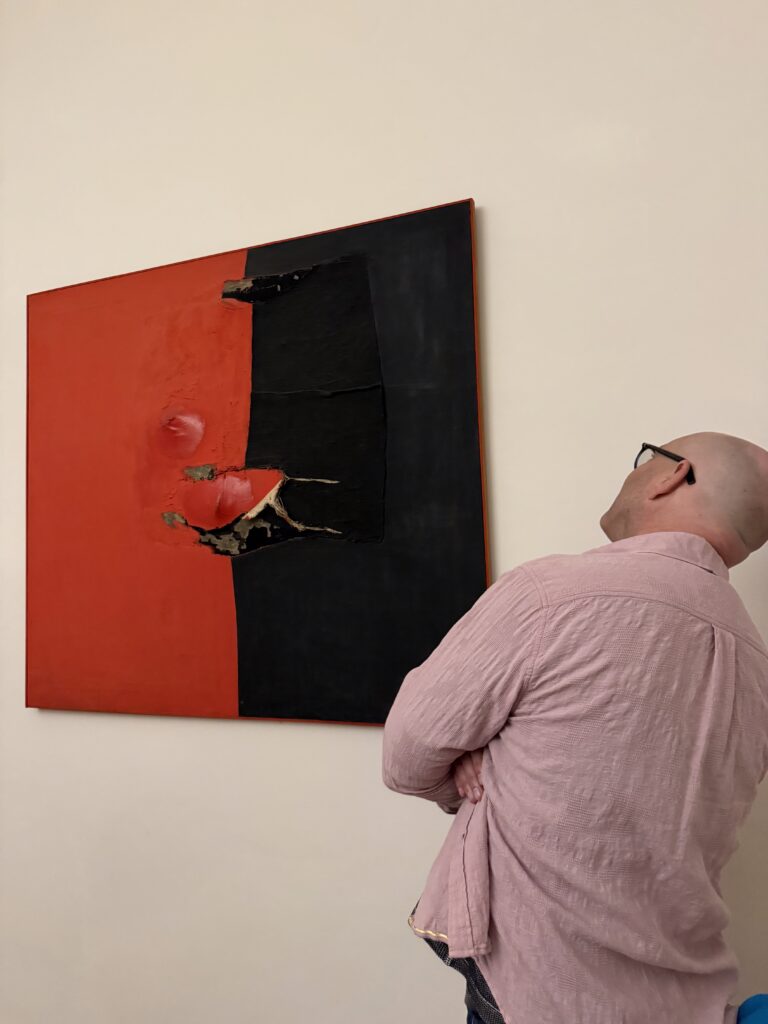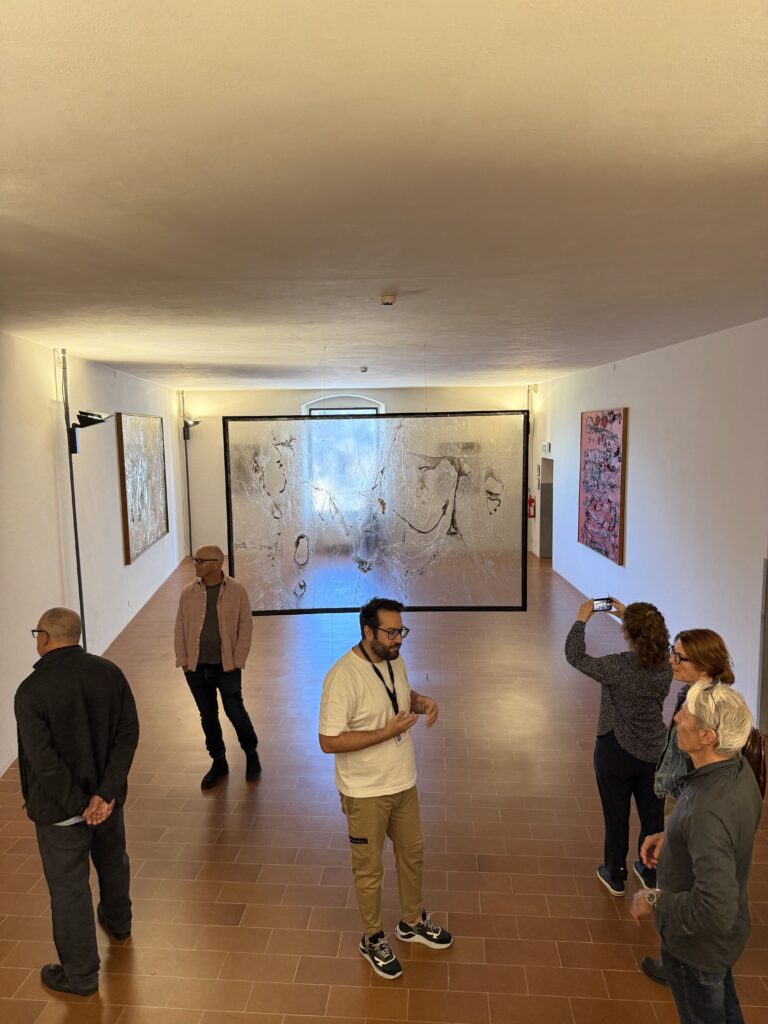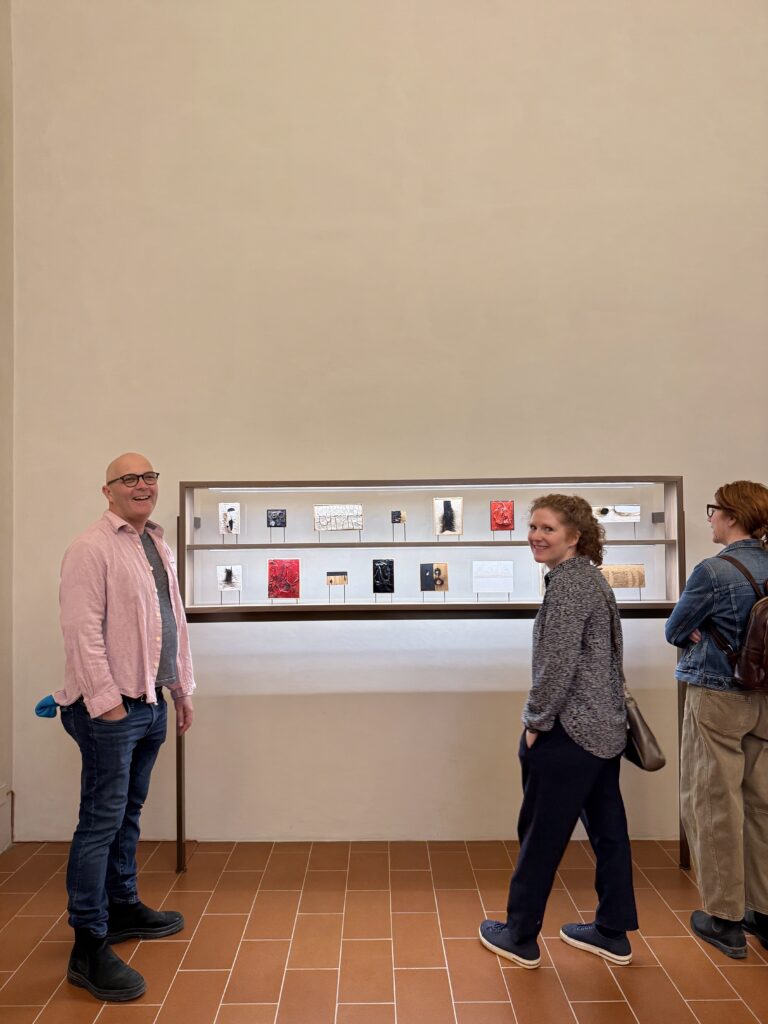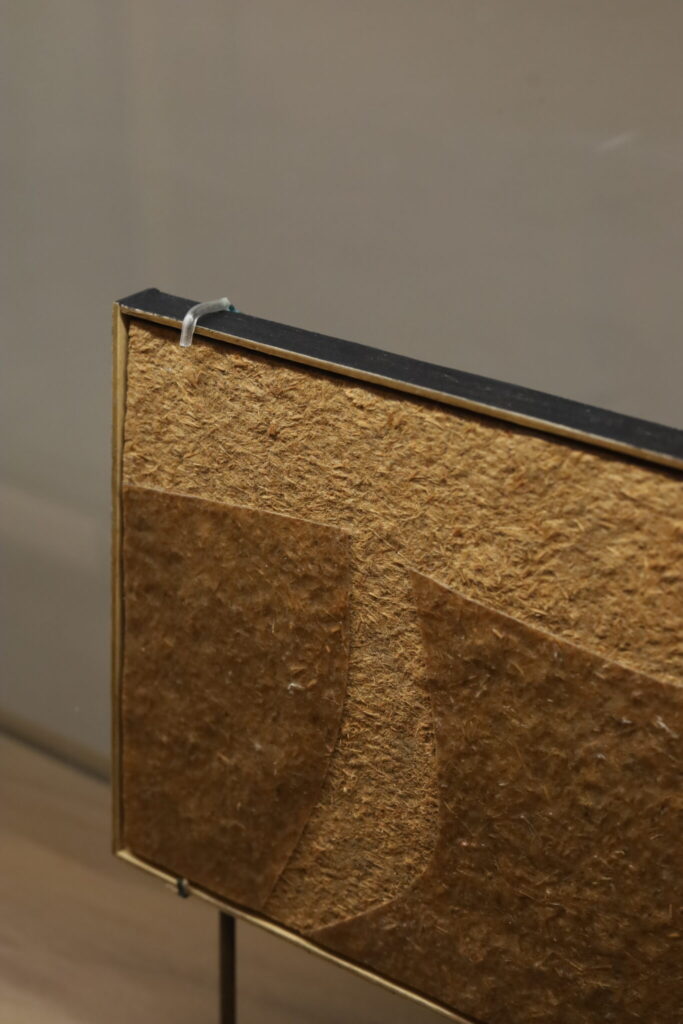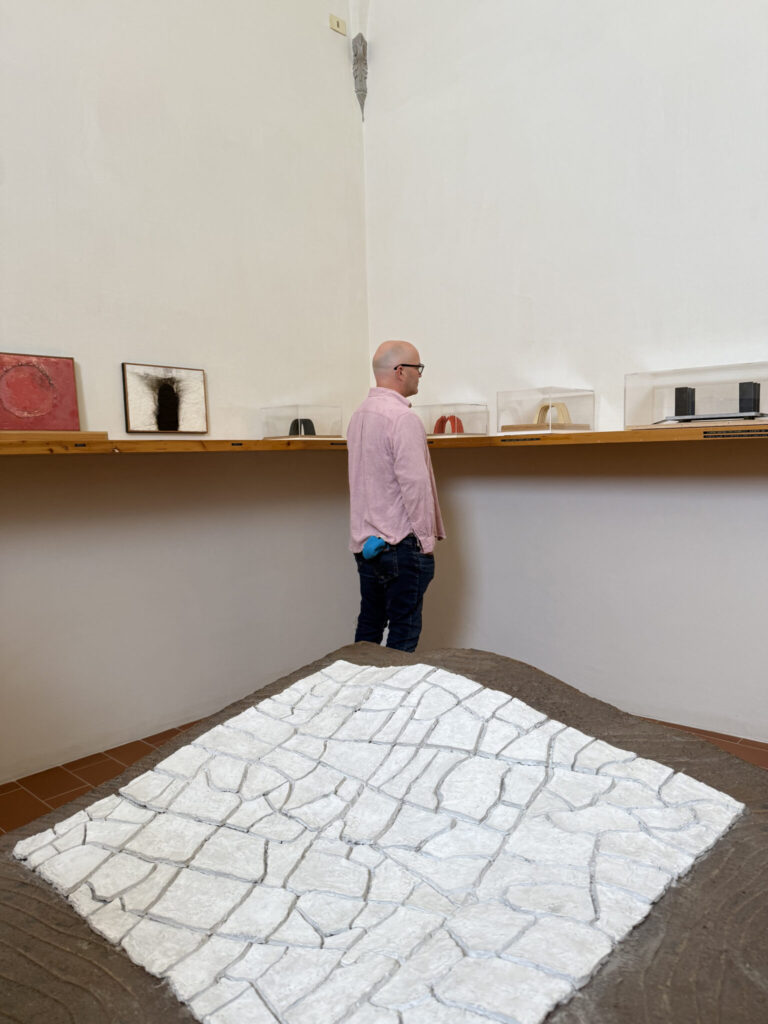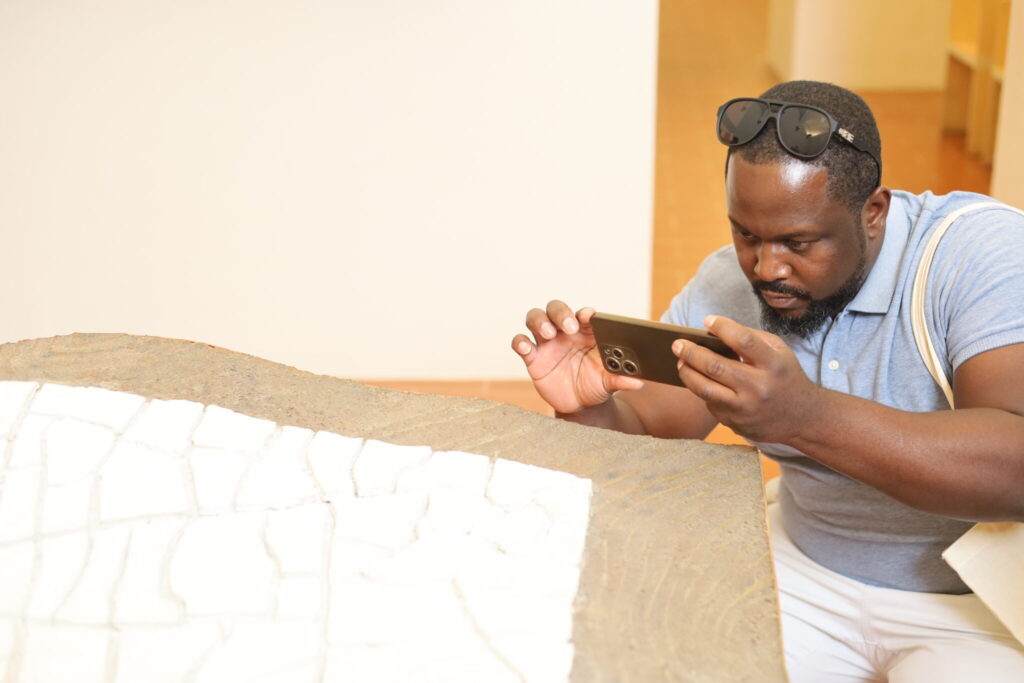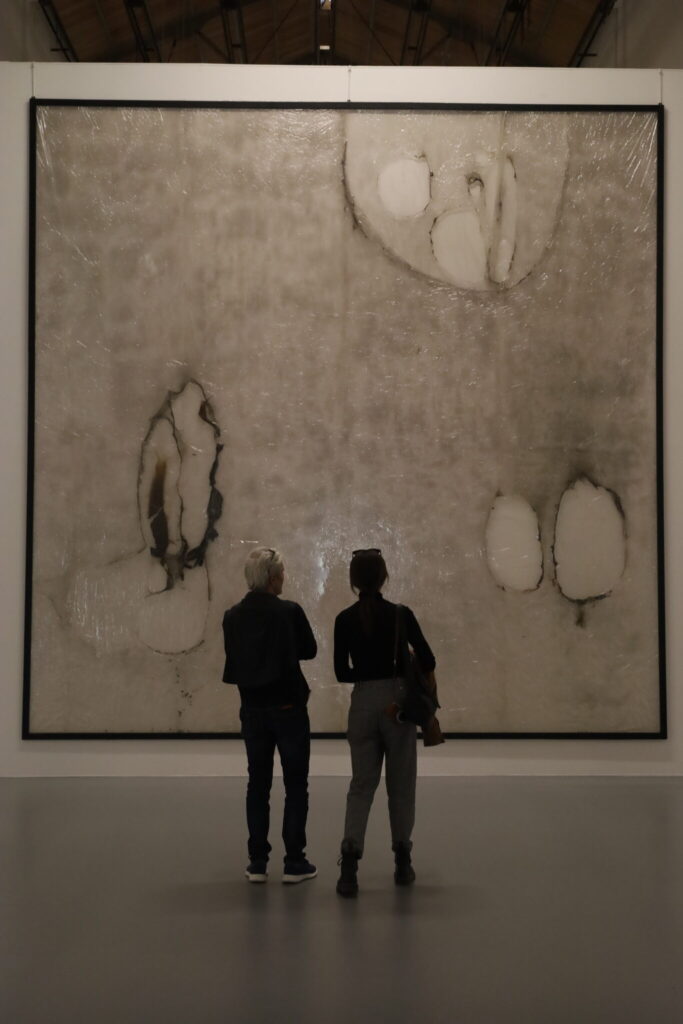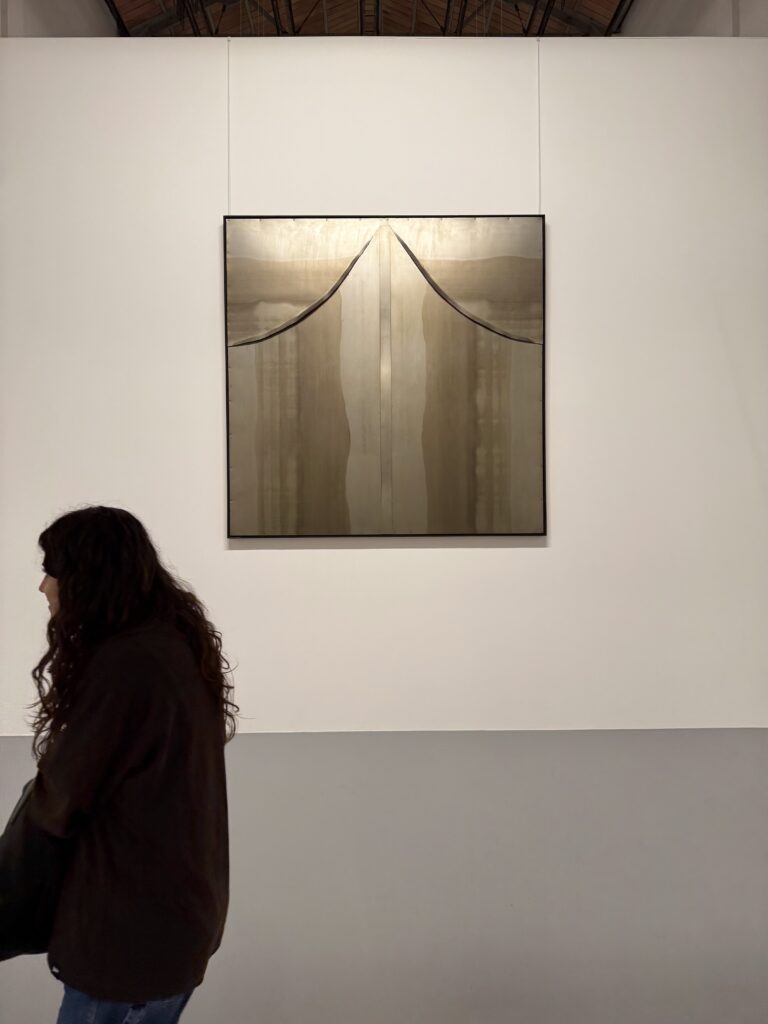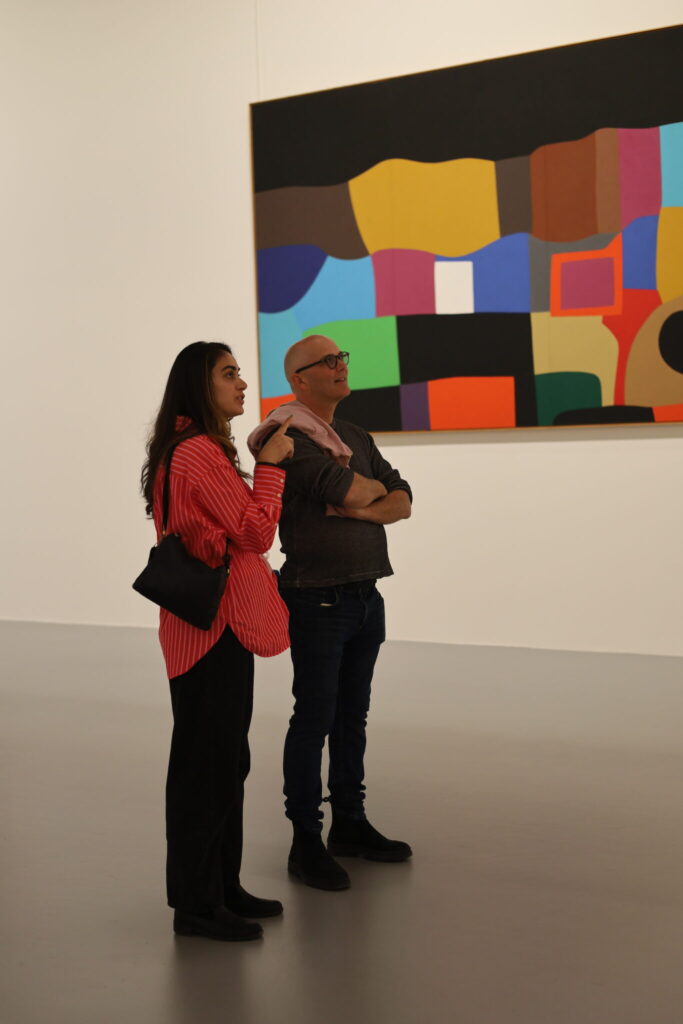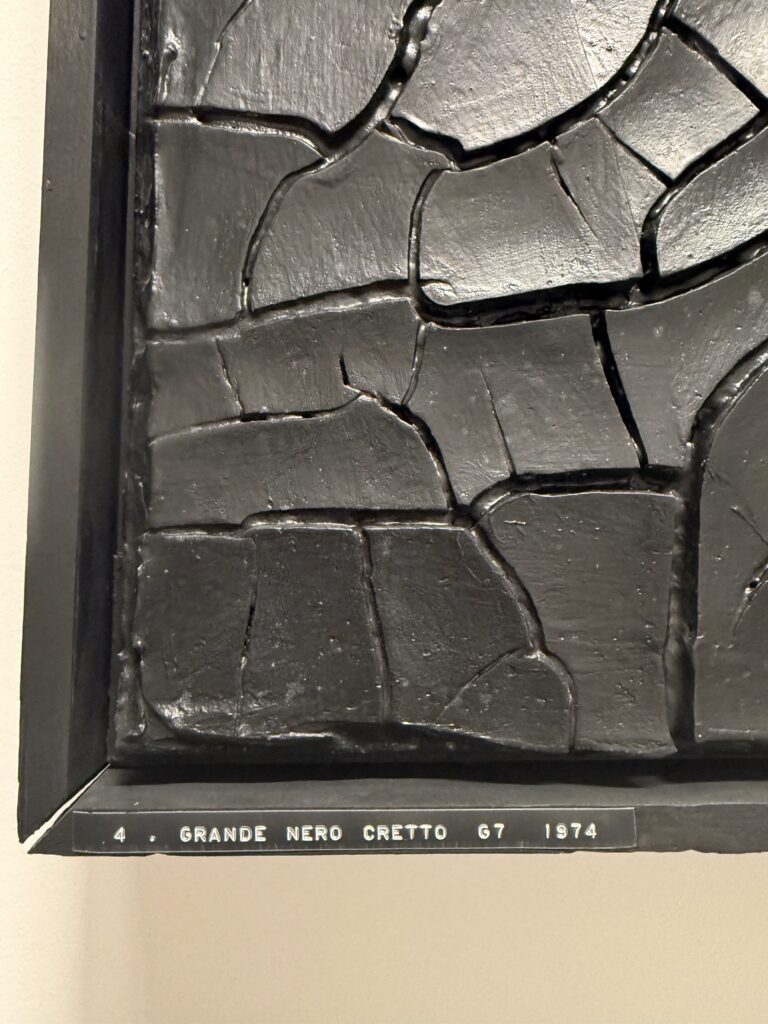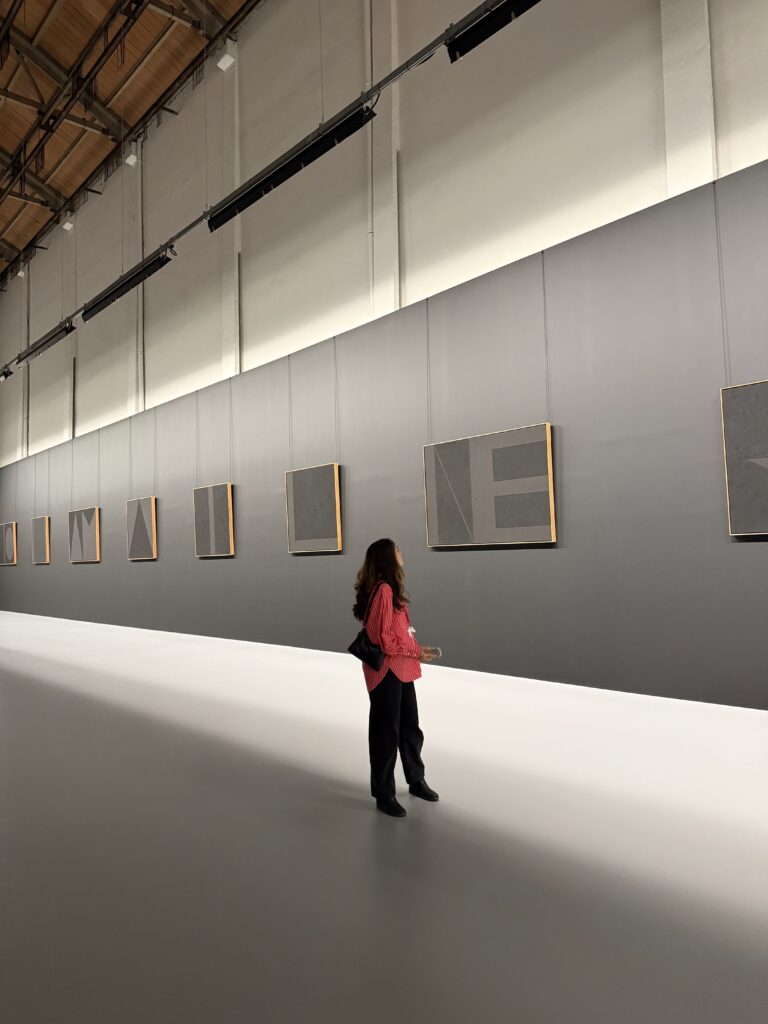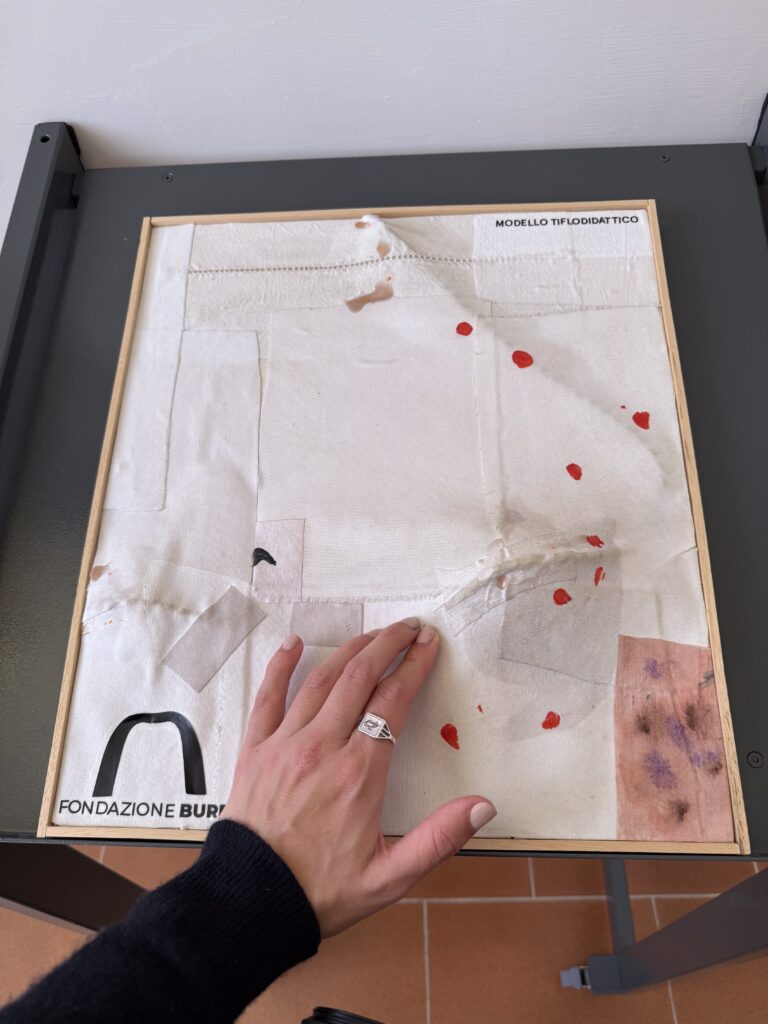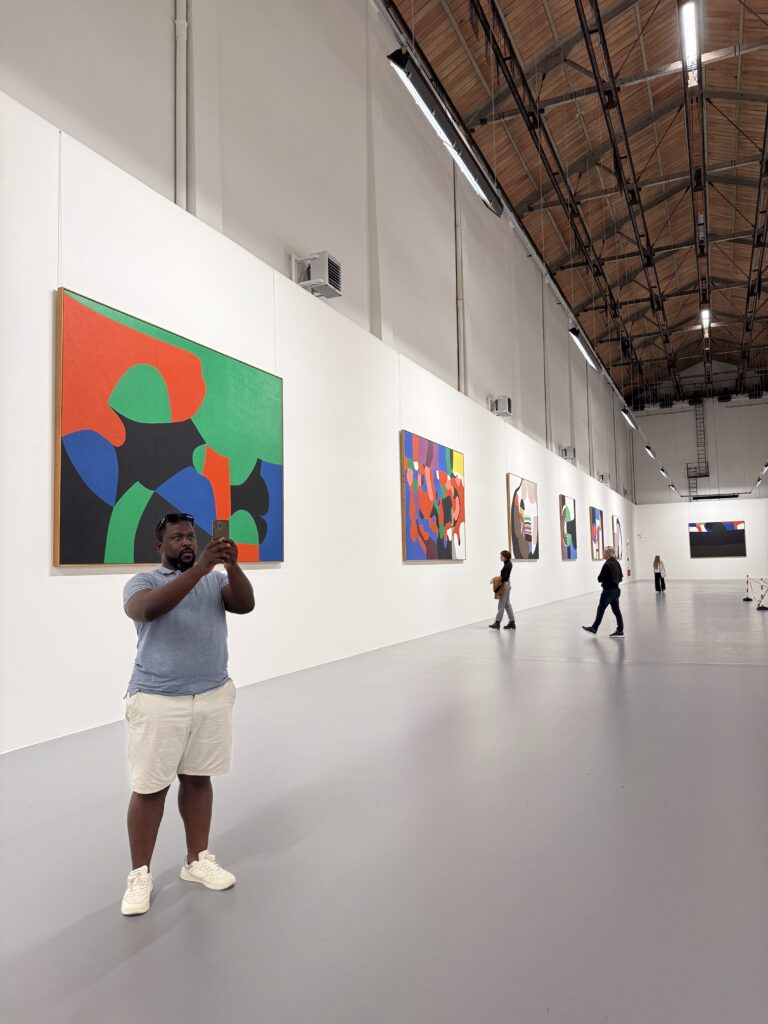Civitella’s field trips have been known to “surprise and inspire,” as one 2025 Fellow put it. Assisi, steeped in divinity, is no exception. On September 23rd, Group 3 Fellows took in the landscape of Saint Francis, who was named a saint just two years after his death in 1226. The church, the centerpiece of the field trip, was built shortly thereafter. Fellows walked through the church which features frescos, the word derived from “fresh” in Italian, referencing the wet quality of the plaster the Florentine School artists painted on top of and the reason why much of the work is so well preserved today. The Florentine School, also known as the School of Giotto, was a 14th-century artistic movement that broke from the Byzantine style and was pioneered by Giotto di Bondone. His revolutionary techniques focused on naturalism, realism, and emotional depth, introducing more lifelike figures and a sense of depth and perspective, putting figures directly inside landscapes, paving the way for the Renaissance. Giotto’s influence was so profound that he is often called the “father of modern European painting”.
In the lower church, Fellows saw frescoes of the life of the Virgin Mary, scenes of the Passion, miracles performed by Saint Francis, frescoes by Pietro Lorenzetti, a great painter from Siena; and “Madonna Enthroned with the Child, Four Angels and St. Francis,” a fresco by another great Florentine painter, Cimabue, considered one of the best depictions of Saint Francis. Below, is the crypt where Saint Francis is buried.
From the lower church, Fellows climbed the steps to the upper church to discover some of the most famous frescoes in Assisi that depict scenes of Jesus above scenes of Saint Francis, paralleling the lives of the two men. Some frescoes here have oxidized creating an inverted effect akin to a film negative, calling to mind an anachronistic medium used by Civitella Fellows today.
After the visit to the church, Fellows enjoyed, from the hilltop town, a view of Perugia in the distance and were then free to explore.
Always a popular excursion, Fondazione Burri is comprised of two locations in Città di Castello. On September 29th, Fellows received a tour of Palazzo Albizzini, the first stop, from Fondazione Burri’s Davide Zucchini who explained Burri’s techniques, the context in which his work was received, and how the Foundation came into being. He introduced the group to a number of his cellotex works and cretti (cracks) works, and they saw small scale models of his land art, Il Grande Cretto in Sicily, and Orti, which they later saw in the second building of the foundation, Ex Seccatoi del Tabacco, former tobacco drying halls. The nine paintings that make up the Orti cycle were part of a solo exhibition that also included a sculpture of painted iron titled Grande Nero, the only kinetic work created by Burri, displayed since 1981 in the underground premises of the Rocca Paolina fortress in Perugia.
Group 4’s final field trip on October 7th to Perugia included a visit to this very site. Residency Director, Diego Mencaroni guided them through the former fortress, a symbol of Papal power, built at the behest of Pope Paul III Farnese who was victorious in the Salt War that the Perugini had waged against him.
Civitella prides itself on offering educational excursions like these that contextualize the residency site and stimulate its denizens. Learn more about and consider supporting the Fellows’ Fund, a purse set up by former Fellows a decade ago that provides financial assistance to Fellows so that all may participate in experiences like these.
